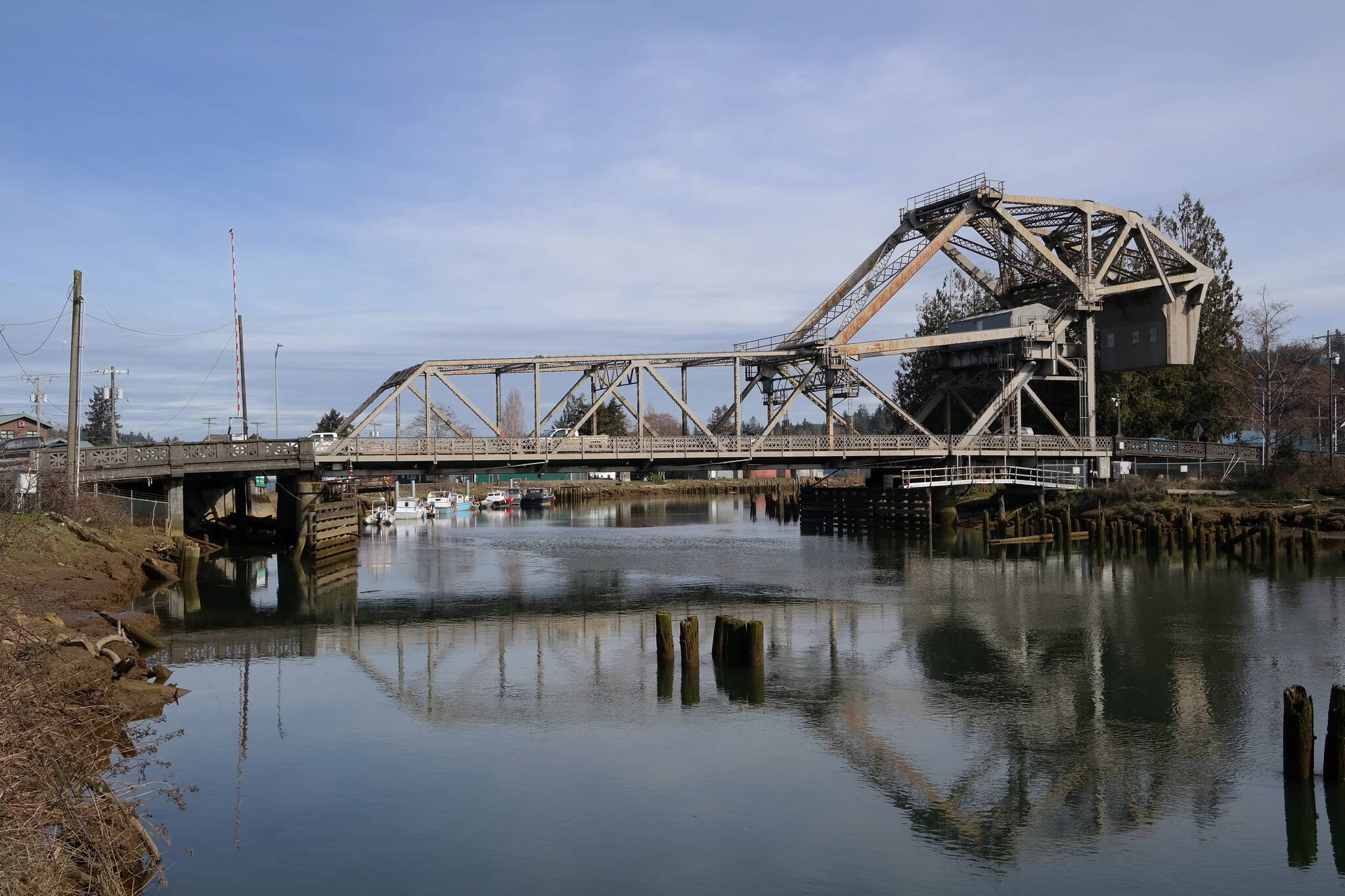The U.S. House of Representatives passed a bill on Wednesday, March 9, that includes nearly $10 million in funding for the Aberdeen-Hoquiam Flood Protection Project.
The $1.5 trillion omnibus package to fund the federal government through the remainder of the 2022 fiscal year includes $9,950,000 to support levees in Aberdeen and Hoquiam, as well as the Fry Creek Pump station. The funding comes from a capital budget request made by Representative for Washington’s 6th Congressional District Derek Kilmer (D-Gig Harbor) to the House Appropriations Committee in February.
The legislation is expected to be approved by the U.S. Senate, and then signed into law by President Joe Biden.
“Moving forward with the Aberdeen-Hoquiam Flood Protection Project is a win-win. It means the community can address flooding and avoid future property damage. It means the community can enable future investments in affordable housing and economic development in the region by pulling some of these properties out of the flood plain. And it means that we won’t see so much money leave the community to pay for flood insurance payments,” said Kilmer in a statement on Wednesday.
The Aberdeen-Hoquiam Flood Protection Project includes the North Shore Levee and the North Shore Levee – West Segment. The levees, located along the Wishkah and Hoquiam Rivers, will protect against coastal flooding and bring over 3,100 properties out of a flood plain. National Flood Insurance Program (NFIP) building codes and flood insurance regulations currently cost Aberdeen and Hoquiam residents over $2 million in flood insurance a year.
According to Hoquiam City Administrator Brian Shay, the anticipated federal funding will most immediately impact the construction of a new Fry Creek Pump Station. While located in Aberdeen, the pump station is a crucial component of coastal flood protection and storm drainage in both cities. In order for the future levees to be certified by the Federal Emergency Management Agency (FEMA), the stormwater system has to be able to handle a 25-year flood event.
“The Fry Creek Pump Station project is about $16 million, and the Washington State Legislature a year ago gave us $9 million for that project,” said Shay. “The new federal funding allows us to have certainty that we have enough funds at this time to bid for construction for the pump station and pay for the final design for the levee project.”
Should the omnibus federal spending bill be signed into law as expected, Shay believes the pump station will be constructed and both segments of the levee “shovel ready” by the end of 2023.
“Construction on several elements is now scheduled to begin in the near future. This is yet another step in providing significant community and economic benefits to Grays Harbor for the next 50 years and beyond. Additional funding from our partners, including those we have applied for from the Federal Emergency Management Agency, will ensure we finish all elements,” said Hoquiam Mayor Ben Winkelman in a statement on Wednesday.
While the nearly $10 million secured by Kilmer is an important step in moving the project forward, both the city of Hoquiam and the city of Aberdeen are waiting on additional federal funding to support the levee segments. The estimated cost of the entire Aberdeen-Hoquiam Flood Protection Project is $120 million, but both cities combined have applied for approximately $84 million in Building Resilient Infrastructure and Communities (BRIC) grants.
After applying for a $34.65 million BRIC grant last year, Hoquiam has since been notified the North Shore Levee-West Segment project has been selected for further review. According to Shay, the city is waiting on a federal obligation process to have the funds for the levee project formally obligated.
The city of Aberdeen also applied for an approximately $50 million BRIC grant in December 2021.
“We’re going to be at 80 percent of our funding needs if that $50 million comes,” said Shay. “If we only had $20 million between the two cities we could get a loan and pay that back over 20-30 years with stormwater utility rates.”
The U.S. House of Representatives included a four-day stopgap measure to ensure that there’s no lapse in appropriations while the Senate works to approve the bipartisan spending bill. Despite the extension of current funding levels, Senate leaders are hoping to pass the bill by the original Friday, March 11, deadline.
The approval will have a major impact on Grays Harbor County and the residents that live along the Hoquiam and Wishkah rivers.
“There’s absolute certainty now that we’re going to get those levees built. It’s something that the cities have looked at since the ‘70s, and we’re finally going to bring that home,” said Shay. “It’s going to have a generational impact on Aberdeen and Hoquiam, and economically and financially it’s going to have a significant impact on those cities — on all of Grays Harbor really.”


